Jdleach,
Thanks for the information, I meant to follow up with that information about my glaring oversight of what is clearly a clutch, but I wanted to post a few more details once I got my bearings with a path forward.
You're absolutely correct, and upon inspection my clutch is fairly intact, I'm assuming the clutch should either been replaced at some point or it's all very little use, this is probably due to somebody disassembling the auto feed components and using it as a manual machine, leaving the clutch in a relatively new state. I am curious however if this is intended to be a dry or a wet clutch?
Unlike the rest of the machine there was no heavy grease or sludge built up indicating a wet clutch, nor do I see the direct oil port but it may get lubrication from the gets oiler on top of the traverse wheel mounting plate assembly.
I am curious about how to cross feed actually works. The simplest implementation I can think of is one where the cross feed crank is rigidly connected to the crankshaft which is mounted on the clutch assembly, where any motion in the crankshaft moves the connecting rod and thus the rack which drives the pinion on the cross feed traverse. In this situation, only when the table changes direction does the rack slide through the crossfeed housing, driving the cross feet pinion where crossfeed motion happens throughout a large portion of the table traverse. What that would result in is traverse and crossfeed occurring in symphony translating at some shallow angle across the part. I guess what I'm getting at is I would expect in an ideal situation, the traverse would finish its cycle and the cross feed would travel before the wheel makes contact with the work as opposed to traversing some shallow angle; this is my lack of experience speaking of course, and I suppose it's not a practical concern since orientation has no real impact on the finished result unless aesthetics and the surface finish is of concern and how the grinding lines appear on the finish part.
An alternative configuration would be one where each cross feed translation occurs one sequence after a completed traverse sequence where the sliding rack on the pinion winds some kind of a tortional spring which is bi-directional, and the pinion under this spring tension is allowed to release and return to home once the traverse cycle is complete, resulting in a rapid cross feed as the table is changing direction. I don't however see any feedback connection points where the cross feed may know when the traverse is complete or when to trigger the release of the pinion/rack.
I updated photos in the links:
Reid surface grinder - Google Photos
Visually identical unit:
SIMILAR Reid surface grinder - Google Photos
More information to come, Mike. Hopefully we can get some information about our units. Also, thank you for that valuable information, JDLeach.
Also, a really pretty turquoise paint (shade or two lighter than mikes choice of paint) was applied at some point on my unit as well as an incredibly ugly gold, and a very typical battleship gray which appears to be the most likely original paint based on dissecting the layers? Mike, was this choice based on existing color found on the unit?
A part of me wants to go with the turquoise but I already had a gallon of light gray mixed to match the majority of the casting when I purchased the unit I have numerous restorations underway where that gallon wouldn't be a waste if I decided to have some of that turquoise mixed up for this unit. That turquoise with polished cast surfaces with some select chrome plating would be a pretty gorgeous combination, but possibly a little 'loud' too, I don't know. I typically default to fairly vanilla colors which represent something more or less period correct if I don't know the exact color of a machine as it came from the factory.
Any suggestions or reasoning are welcome, except for Mike, I have a feeling I may already know what color youd choose ;D
-James


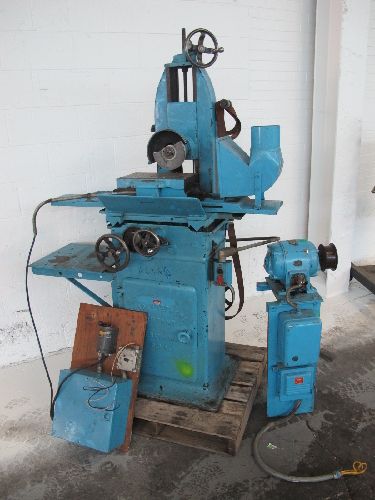
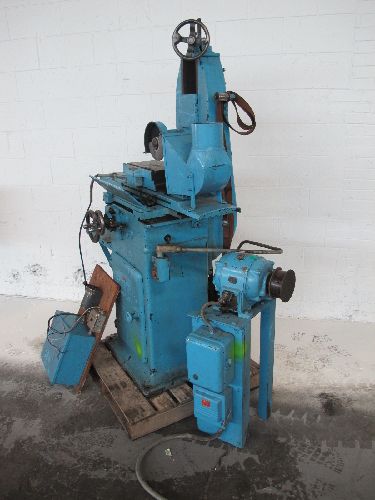
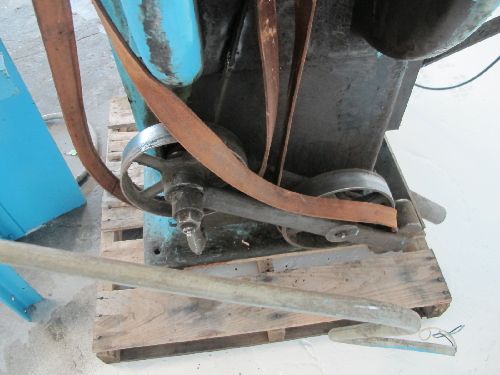
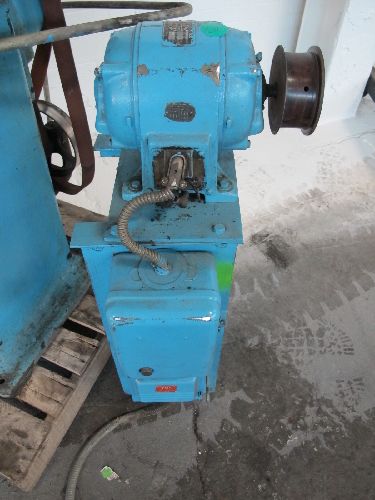
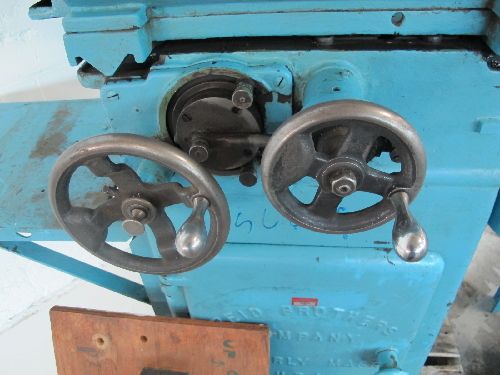
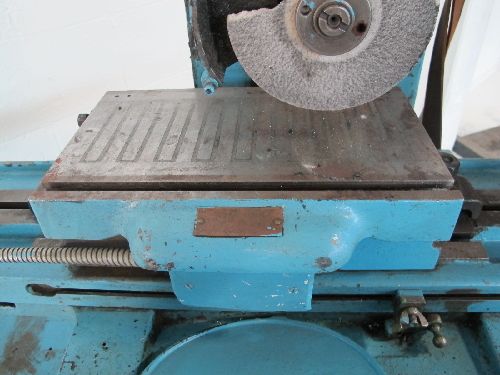
 . I suspect my machine may be one of the earliest models built by Reid. One reason is there is no model indicated on the machine anywhere and all of the later ones have the model prominently displayed on the door casting. In audition the 3 digit serial number also suggests an early date of manufacture. My research indicates production grinders were first built in 1914.
. I suspect my machine may be one of the earliest models built by Reid. One reason is there is no model indicated on the machine anywhere and all of the later ones have the model prominently displayed on the door casting. In audition the 3 digit serial number also suggests an early date of manufacture. My research indicates production grinders were first built in 1914. 


